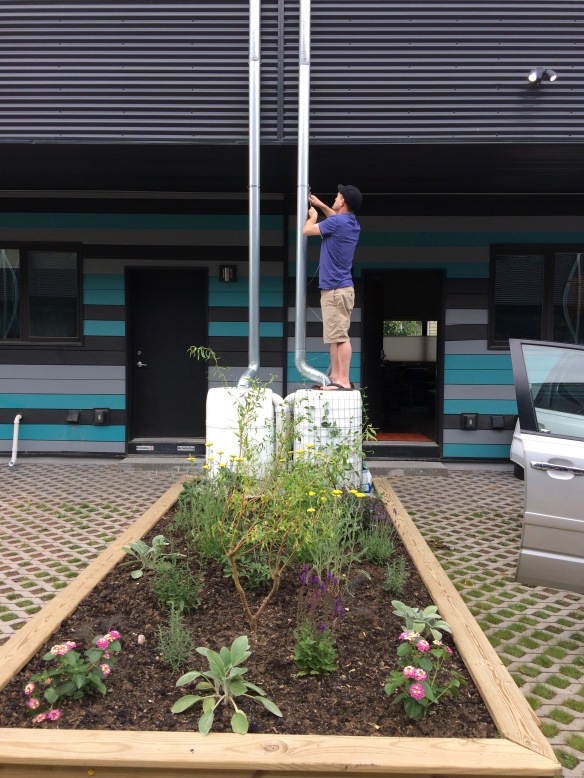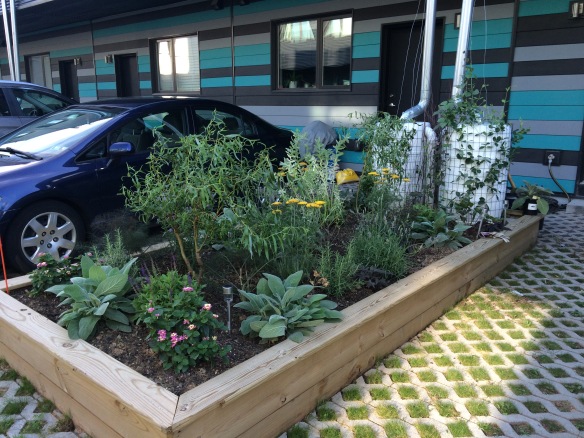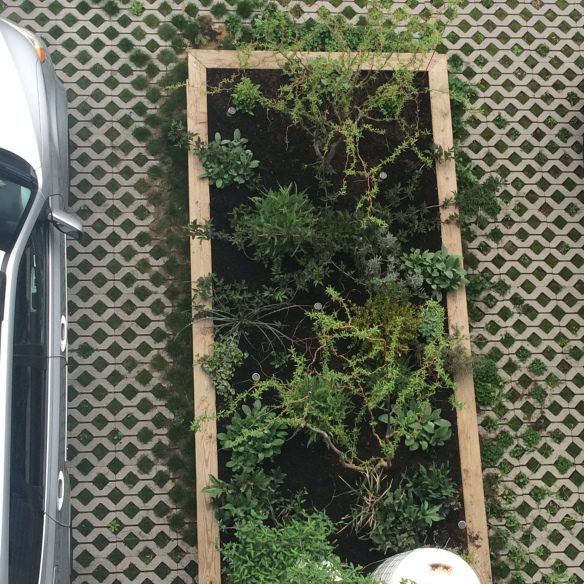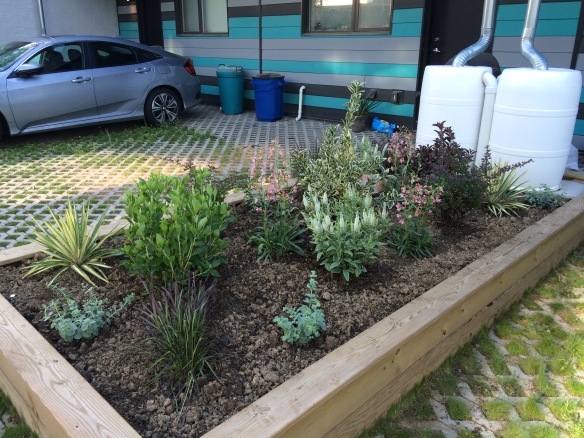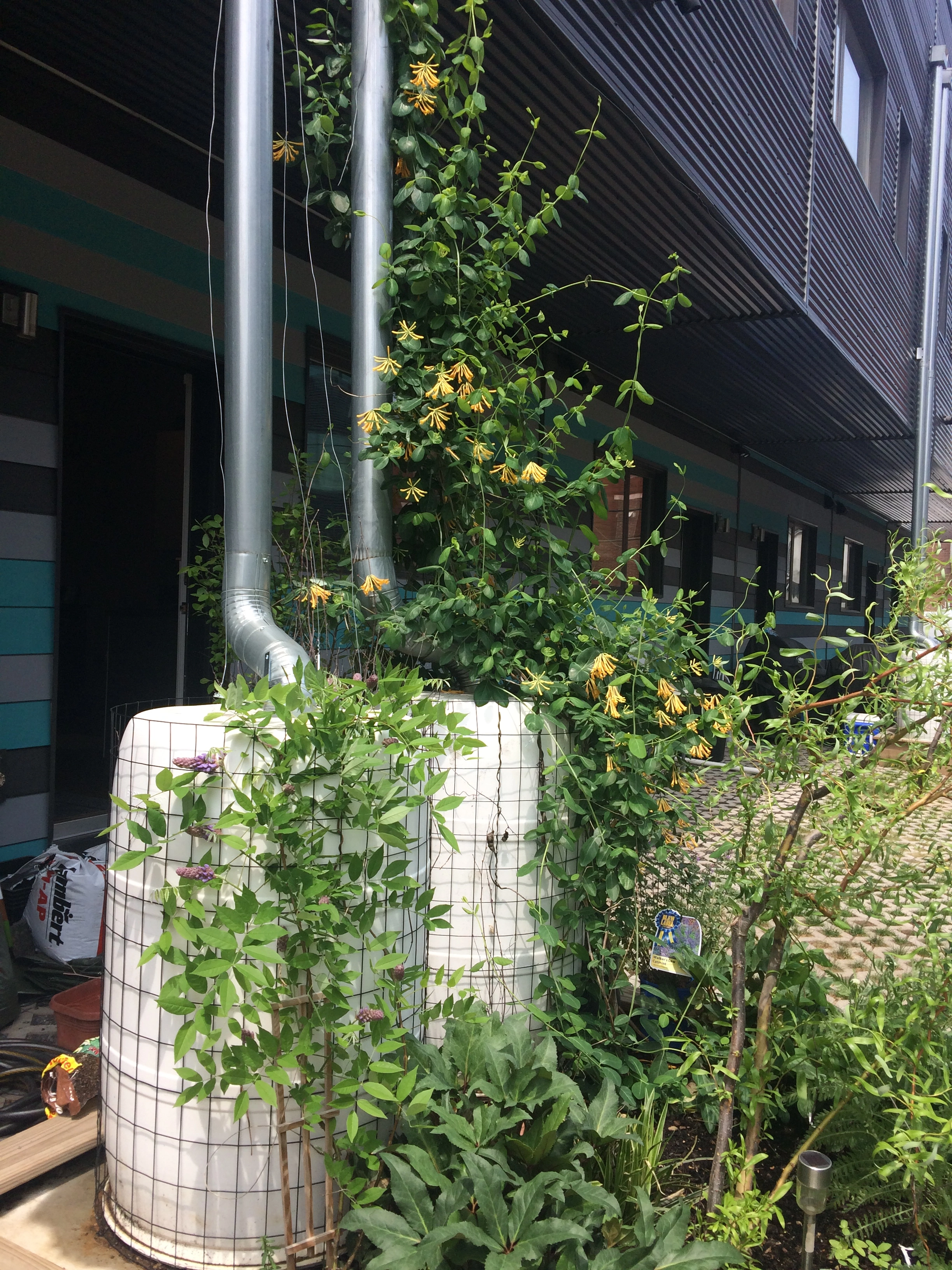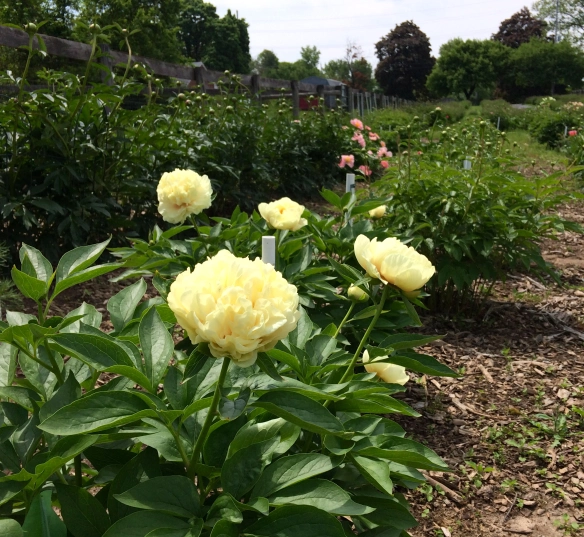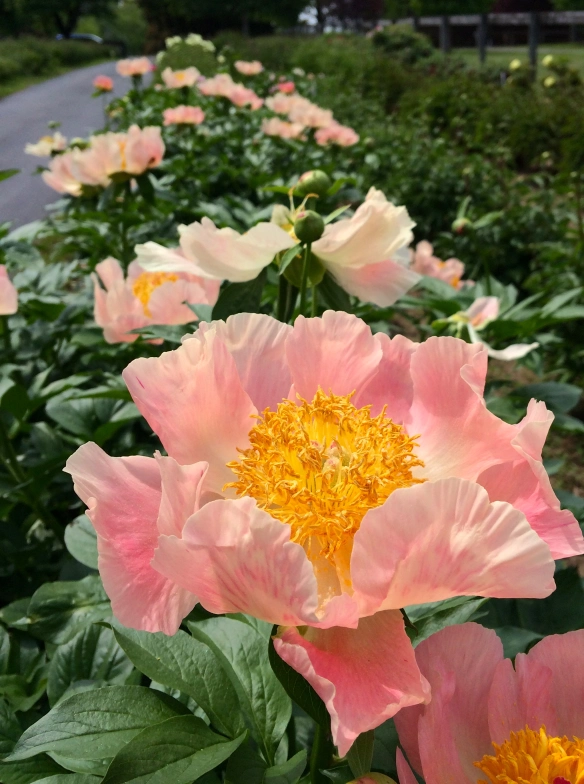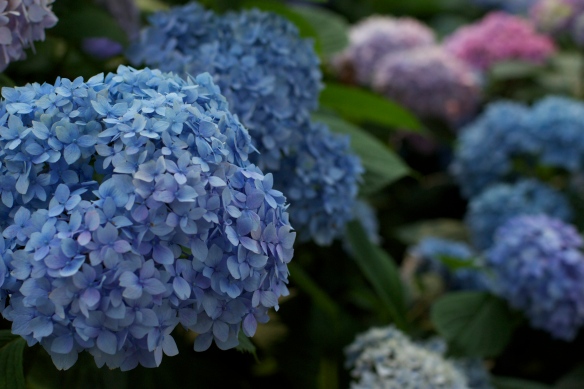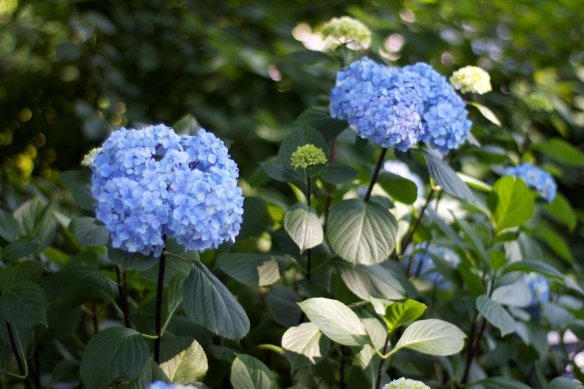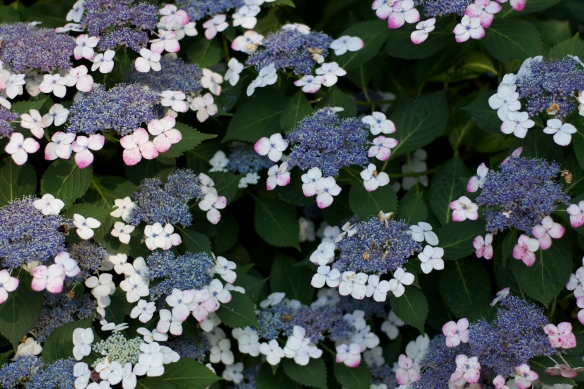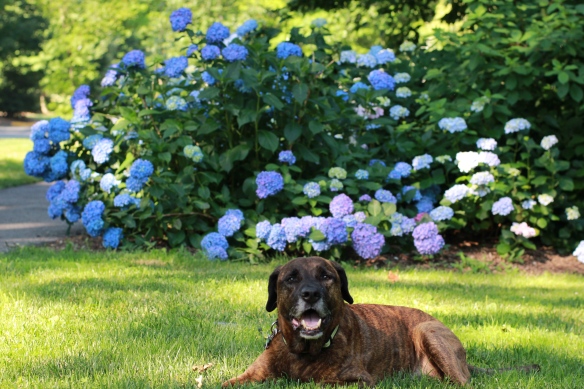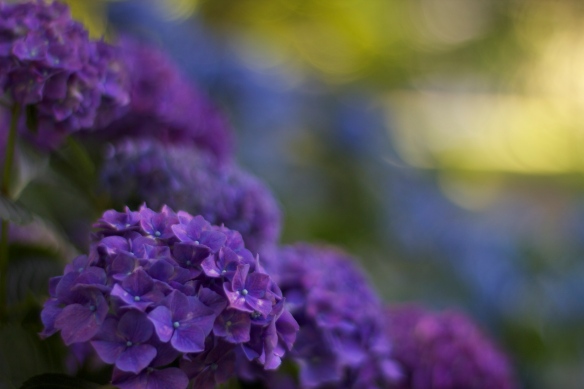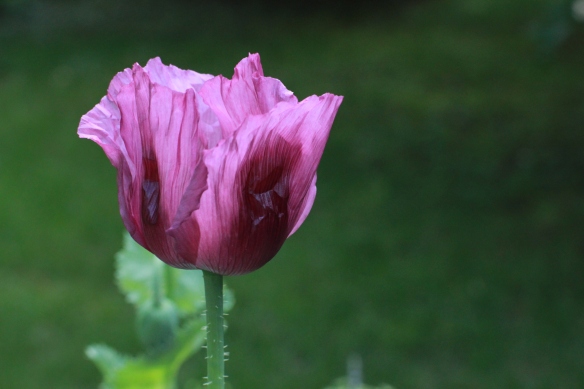I was never very good at keeping secrets. So, for those of you that wanted A Peony Garden, in Glen Mills, PA to remain a secret, I’m terribly sorry. This place is just too amazing not to share with everyone!



A Peony Garden is four acres of heaven on earth during the month of May, planted with 250 different cultivars of tree, garden, and intersectional peonies of all colors shapes and sizes. Peony fans can buy peony plants, but the bulk of the business done here is cut flowers, and that’s what I’m interested in. Prices vary throughout the season between $1 and $1.50 per stem, which in the floral world is absolutely unbeatable. And you can feel good about buying from a local grower – you’re not flying peonies from halfway around the world, there’s no excessive packaging – just bring your own bucket! How sustainable is that!

Picking peonies with Valerie, Jane and volunteer Sandy Papa

Freelance floral designer Valerie McLaughlin stops to smell the peonies
But beware that you don’t succumb to peony mania, like we did. There’s just something about all those fragrant blooms, and their silken petals worn like party dresses, that makes you simply swoon. You will want more, more, more!!


Eleanor Tickner, head gardener
The woman behind it all, Eleanor Tickner, has her own secrets to growing peonies, which she downplays. “Sunshine, of course. And you go out and talk to them, you pray over them.” Eleanor and her husband Bill have been growing peonies here for around 15 years. It’s a family affair – her two daughters sometimes help out, and the Great Danes are not guard dogs but more like the official greeters of the place.

Riddler greets my Dad
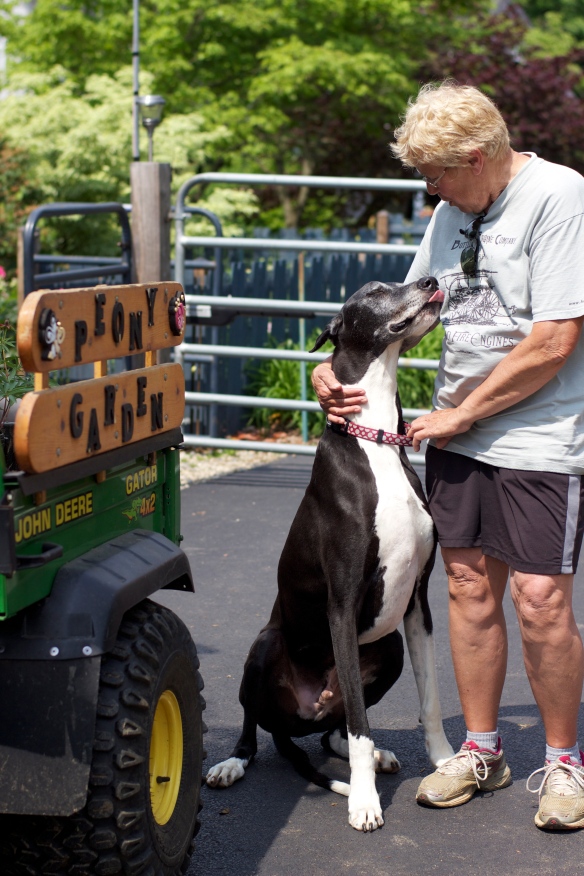
Eleanor with head of the PR department, Great Dane Riddler
Eleanor began growing as a way to keep busy after retirement, because as she says, “you don’t stop working and all of a sudden eat bon bons and chase dust bunnies.” Accustomed to working hard and seeing results, Eleanor wanted to do something exciting with the four acres of sunny land, which she says is “just enough to get me in trouble.” She chose to plant peonies, because they don’t need a lot of water (they only have well water on their property,) and because they’re “satisfying to the soul.” Peonies reminded Eleanor of her adopted grandmother from next door, who grew a row of peonies she believed kept the evil spirits away. After spending an hour at A Peony Garden, I begin to think that myth is true, because I just feel so darned good.

Eleanor swears that growing peonies is just a hobby, but from the glint in her eye, and the fact that she’s out in her garden until dusk every day, I believe she’s passed into the realm of obsession. While she has no horticulture degree, she’s the President and co-founder of the Mid Atlantic Peony Society, and serves on the Board of Directors at The American Peony Society. She’s also written articles on peonies – for Philly News, and for The Hardy Plant Society, to name a few. She’s referred to as a “promoter” of peonies, by Don Hollingsworth, of Hollingsworth Nursery in Missouri, one of the top growers of peonies in the country. Holllingsworth, along with Adelman Peony Gardens in Oregon, and Hidden Springs Flower Farm in Minnesota, are the main sources for her plants.

It’s clear that Eleanor has more than just a love for peonies; she’s adopted a scientific approach to growing them, evaluating cultivars for reliability, consistent bloom, and the ability to grow without staking. She is always willing to share her knowledge with others, and her humility is unparalleled. “As far as I’m concerned, every person is replaceable on this earth. But my job needs to be done, so that’s what I’m doing out here – educating.”

Eleanor gives a tour to the Scattered Seeds Garden Club
Through the American Peony Society, she judges plants worthy of the APS Award of Landscape Merit, and grows a few of these recipients on her property, such as ‘Do Tell,’ a pink anemone form peony, and one of my favorites of the day.

‘Do Tell’ peony – I mean, amazing, right??
If you’re a peony lover looking to grow some reliable favorites for cutting, Eleanor recommends varieties like ‘Festiva Maxima,’ a huge fragrant double variety whose frilly white petals are edged with red flares.

‘Festiva Maxima’ has been around for 150 years
If you like big pink peonies, try growing ‘President Taft’ or ‘Walter Faxon;’ but for a glorious red peony Eleanor suggests ‘The Mackinac Grand’ (pronounced mackin-AW,) whose brilliant fiery red hues could literally stop traffic.

‘The Mackinac Grand’ – also an APS Award of Landscape Merit winner
There are many unnamed varieties here too, gotten ‘over the garden gate’ or at an end of season sale. “It’s a gardener’s dream, to have this much land available to play in – and that’s what I do – play,” says Eleanor. If you go for cut flowers, bring a bucket and expect to spend some time combing the gardens for your favorites. Either Eleanor or her volunteer, Sandy, will walk you through the fields and cut the blooms you desire. She doesn’t let the public cut her peonies, spritzing alcohol on the pruners between each plant to stop any diseases from spreading.

Sandy Papa, volunteer, cuts ‘The Mackinac Grand’ for me to bring home

Jane Godshalk hides behind a peony bloom

Jane counting peonies.
For floral fanatics, Eleanor shares her special recipe for prolonging a peony’s vase life: 1 tablespoon lemon juice or vinegar (to fight bacterial growth) and 1 tablespoon sugar (food for bloom) to one quart of water. It really works! The blooms at A Peony Garden should last through Memorial Day Weekend, so hurry to get a glimpse of these old fashioned beauties, and be sure to take some home with you. Thanks to my Dad and stepmom Julie for sharing their secret peony source with me!

A Peony Garden address: 1739 Middletown Rd. Glen Mills, PA 19342 – about 20 miles SW of Philadelphia. 4.6 miles NW of route 1 on 352. tel 610.358.1321 call ahead for large orders

39.908889
-75.349583
